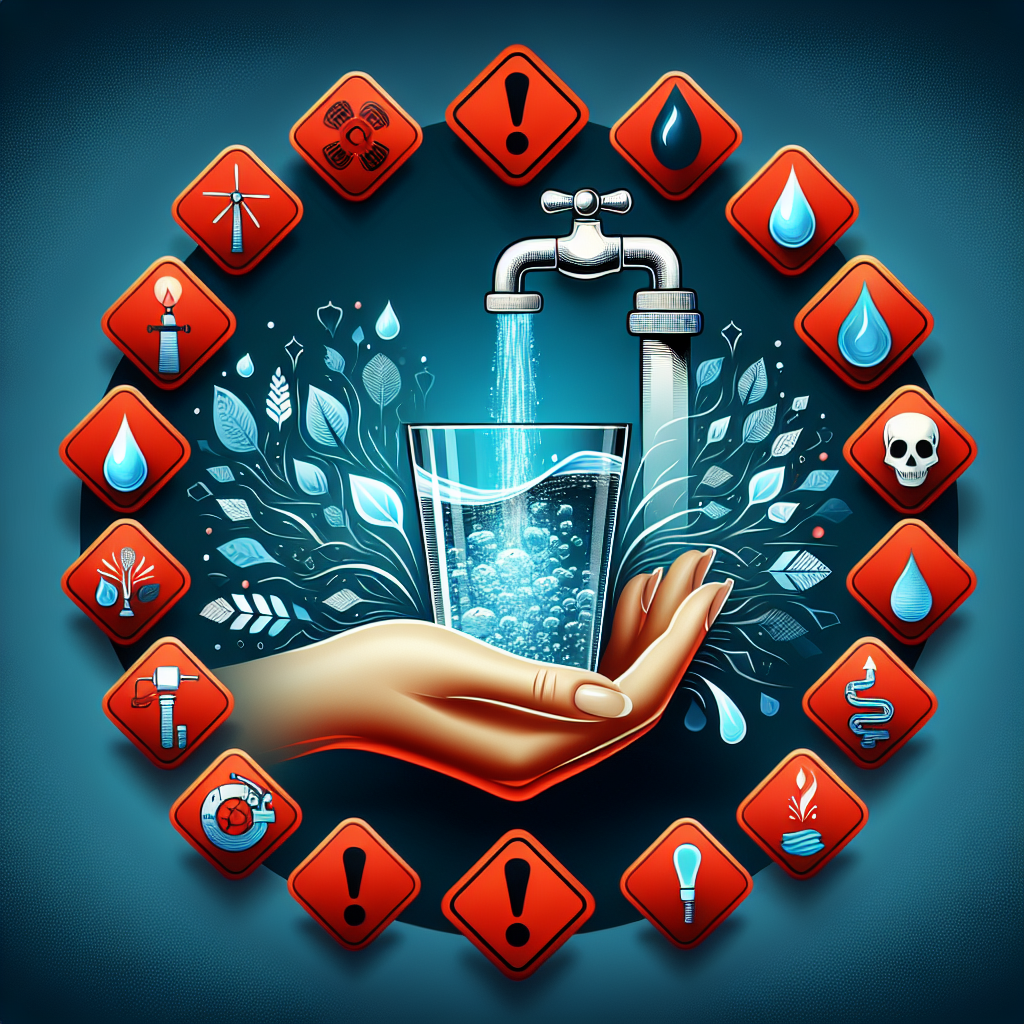When it comes to the water we consume, safety should always be our top priority. Understanding the risks associated with backflow contamination can be complex, but recognizing the signs that indicate a need for a backflow prevention device is crucial for every homeowner. In this article, we’ll explore the importance of water safety and highlight ten key indicators that suggest it may be time to invest in backflow prevention.
What is Backflow and Why Is It a Concern?
Backflow occurs when water flows in the opposite direction in your plumbing system, potentially leading to contamination of your safe drinking water. This can happen due to a sudden drop in water pressure, which can draw in bacteria, pesticides, and other harmful substances from the surrounding pipes or soil. Protecting your home from backflow is essential to maintaining clean and safe drinking water.
1. Frequent Water Pressure Fluctuations
If you’ve noticed erratic water pressure in your home, it’s more than just an inconvenience—it could be a warning sign. Fluctuating pressure can lead to backflow, especially when there’s an unexpected drop. If your shower suddenly goes from a gentle stream to a strong spray, it’s a good idea to investigate further.
2. Stagnant or Foul Odors Coming from Faucets
Local water treatment facilities generally maintain high standards of cleanliness, but if you detect a foul odor coming from your faucets, it might indicate backflow issues. Stagnant water can develop unpleasant smells due to contaminants. If your water smells off, it’s time to consult a professional.
3. Discoloration of Water
Have you ever noticed brown, red, or cloudy water flowing through your taps? Discoloration can signal that rust, sediment, or harmful bacteria have entered your water supply—serious issues that can arise from backflow. If your water isn’t crystal clear, don’t hesitate to investigate.
4. Unusual Taste of Tap Water
Clean drinking water should taste clean and refreshing. If your tap water suddenly has a bitter or metallic taste, it could mean harmful contaminants have backflowed into your supply. It’s essential to heed this warning sign; consider installing a backflow prevention device and consult a water quality expert.
5. Water Bubbling or Gurgling from Drains
If you hear gurgling or bubbling sounds coming from sinks and drains, it could imply that water is flowing backward due to a disruption in pressure. This phenomenon may be a sign of a potentially serious plumbing issue. Don’t ignore these sounds—seek the advice of a professional plumber.
6. Illicit Water Connections Near Your Home
If there are garden hoses or irrigation systems connected improperly or draining directly into the municipal supply, the risk of backflow contamination increases. Be proactive and ensure your outdoor water connections adhere to local plumbing codes. If they don’t, installing a backflow prevention device is a must.
7. Frequent Plumbing Issues
Regular plumbing problems, including clogging and leaks, often indicate systemic issues within your piping. If your home experiences persistent plumbing troubles, it may underscore a lack of adequate backflow prevention. Consult a plumbing professional to explore the installation of safeguards for your water supply.
8. Nearby Construction or Excavation
Building projects in your vicinity can disrupt local water lines and pressures, which could instigate backflow issues in your plumbing system. If you live near ongoing construction, consider evaluating your current plumbing setup and, if necessary, plan on installing a backflow prevention device.
9. Backflow Prevention Devices in Nearby Properties
If your neighbors have installed backflow prevention devices, consider it a red flag. Their action suggests that there may be concerns with the local water supply. Just because your home hasn’t experienced problems doesn’t mean you’re exempt. It might be worth exploring options to protect your own water supply.
10. Local Water Quality Alerts
Keep an eye on local water quality reports or alerts from your municipal water authority. If there’s been a warning regarding contamination or changes in water quality, it’s essential to check your plumbing and consider installing backflow prevention measures.
Conclusion: Safeguarding Your Water Supply
Understanding the signs that suggest your home may need a backflow prevention device is crucial for protecting your family’s health. By recognizing these indicators, you can take proactive steps to ensure your drinking water remains safe and clean. Always consult with a qualified plumbing professional when making decisions regarding backflow prevention solutions.
Water safety is not just a matter of convenience—it’s a fundamental right. Stay informed and take action, so you can enjoy peace of mind knowing your water is safe for you and your loved ones.
By integrating effective keyword phrases related to water safety, backflow prevention, and signs related to backflow issues, this article is optimized for SEO and designed to inform readers while humanizing the technical aspects of plumbing safety.


